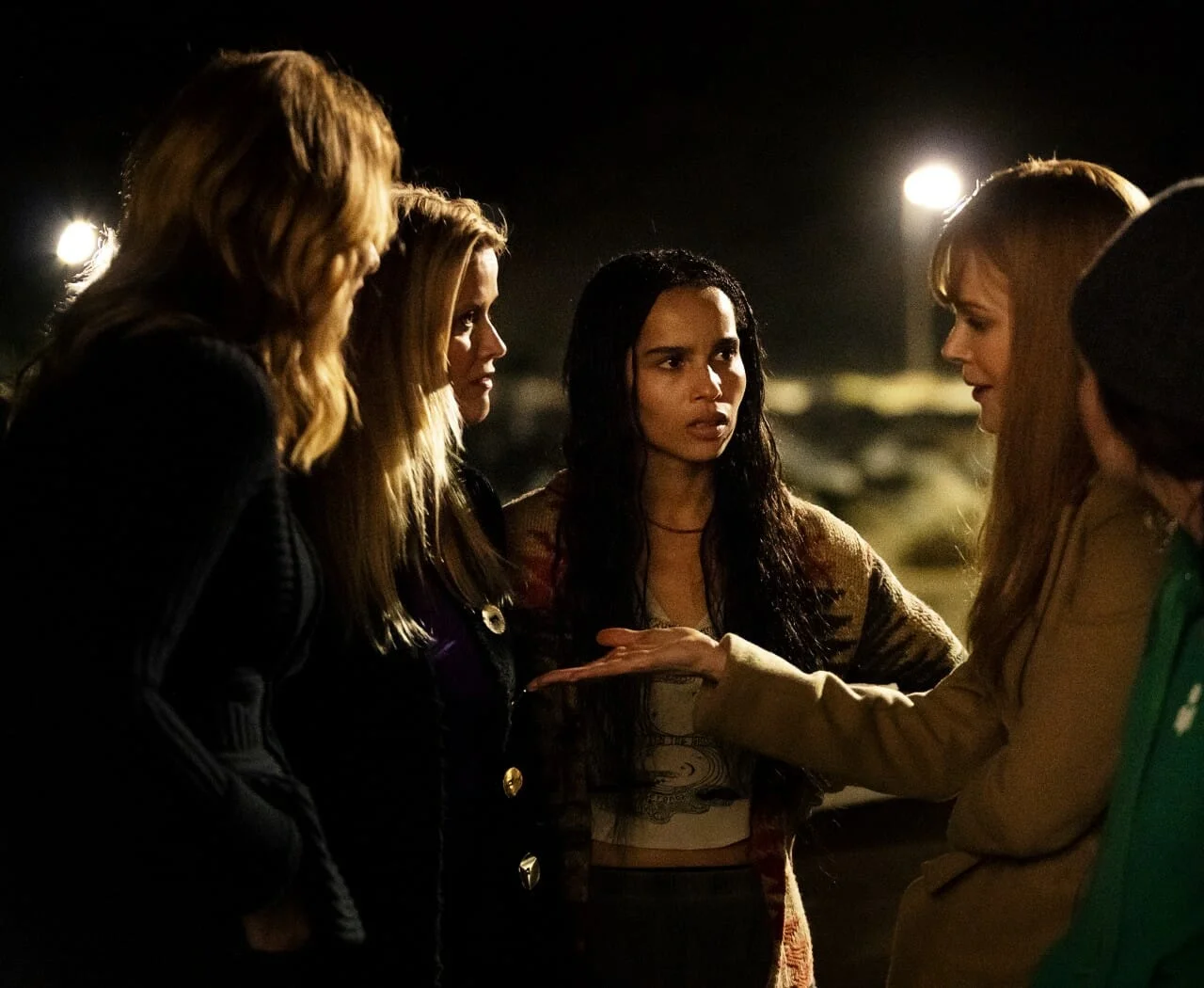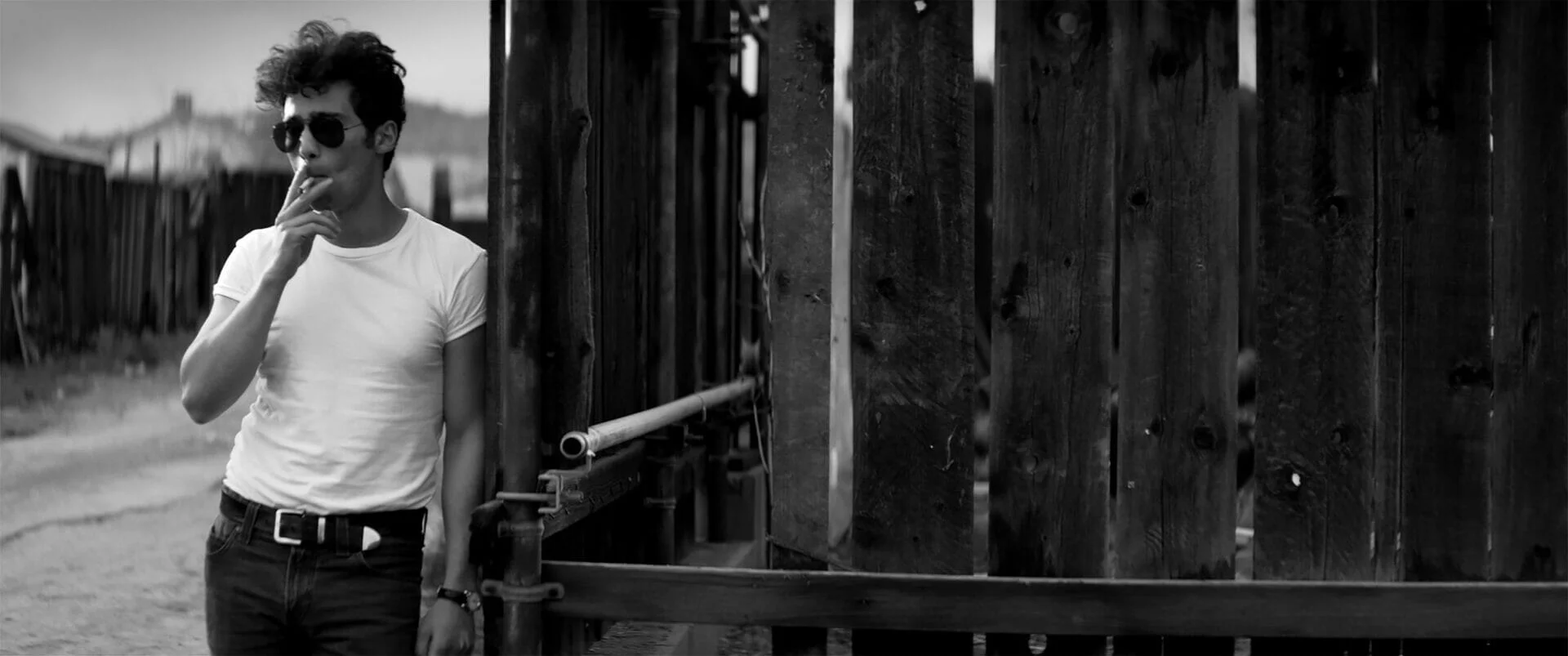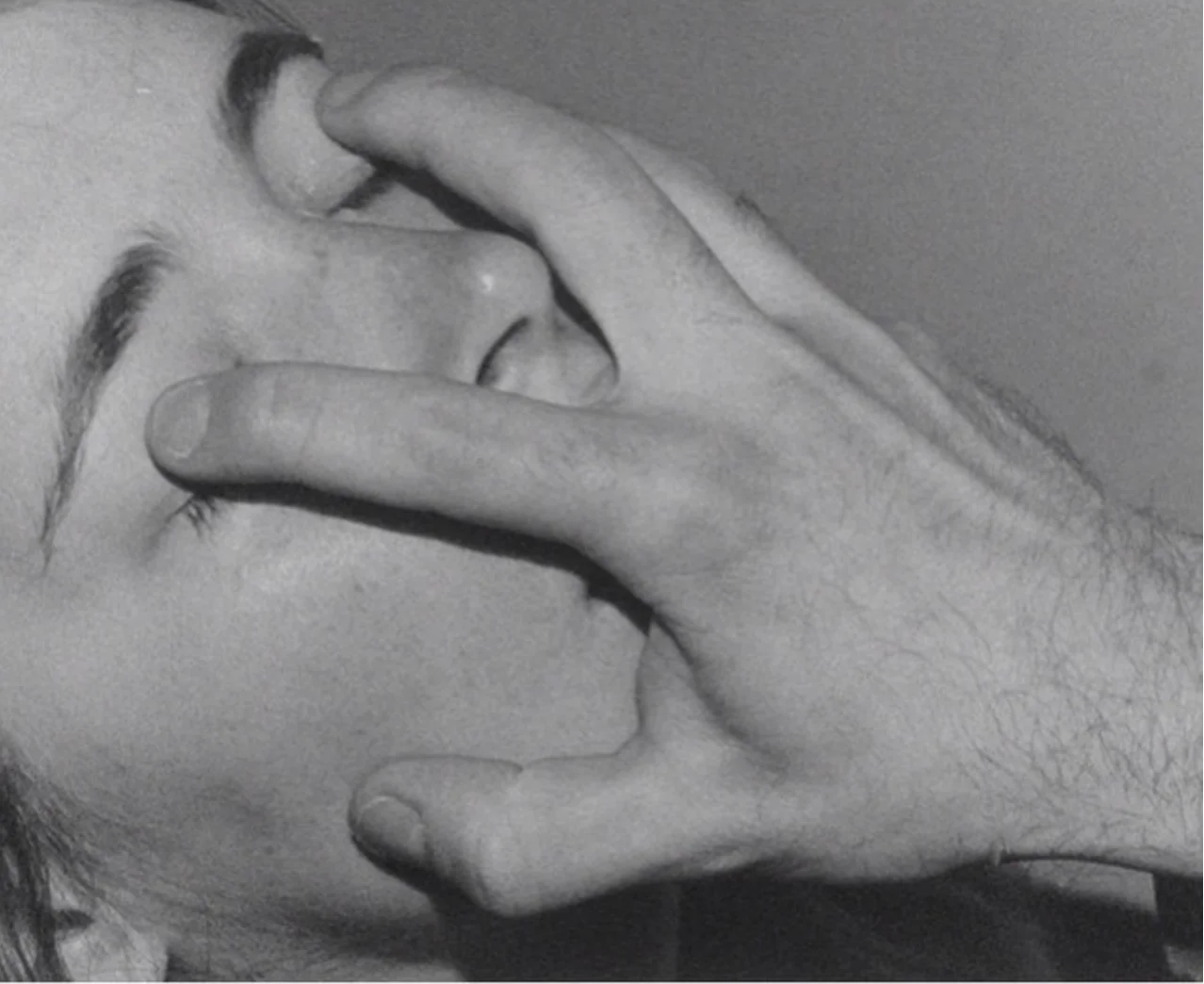
Self-defence | How to translate through gesture
Artist
Year
Country
Format
Two hands clench a wrist. Forearms intertwine. In this geometry, something like a pact or a vow seems to be stipulated. Yet the image shows a gesture: decontextualized, interrupted.
The Polish image-maker Joanna Piotrowska‘s Self-defence sets up a radical ambivalence. It’s impossible not to think about unbalanced relations in social dynamics, physical and psychological vulnerability. Sometimes the image is cropped and excludes any context. In other photographs, the composition opens to domestic spaces. The focus is still on poses, gazes, and forms of bodies. The photographic gesture is often a phenomenological doubt, as it attempts to approach phenomena from multiple points of view.
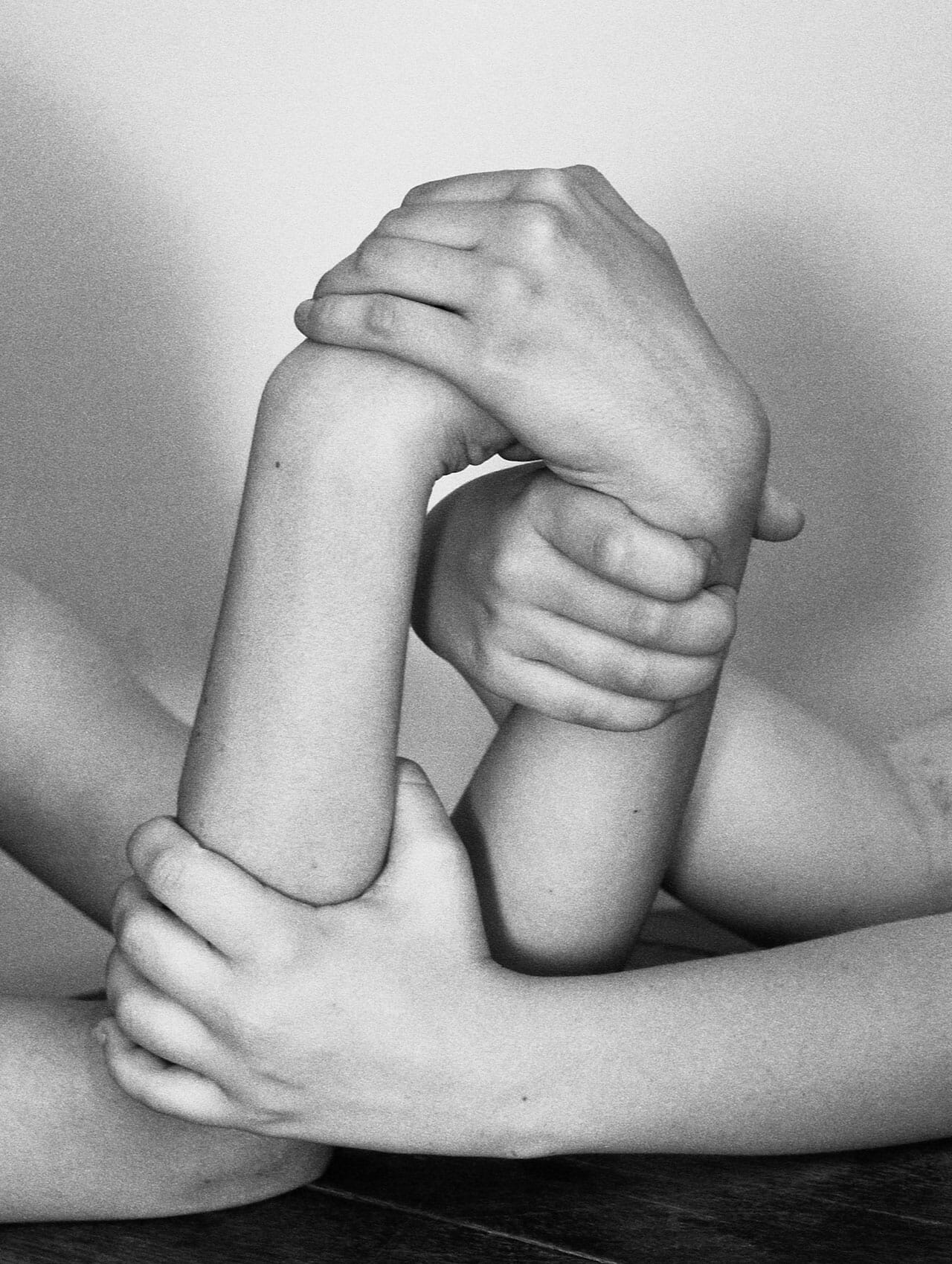
Where conflict takes place
In Self-defence, a 16 mm film series made between 2014 and 2015, some girls are photographed in their homes, staging positions derived from self-defense manuals. Here, the other stays out of the image as a projection of absence. When the attacker is not captured, the pose’s purpose becomes unclear, and the tensed body is turned toward what we cannot see. The body and the mind of the girl become the place of an inner conflict. Personal defense, out of the psychological drama. The line between attack and defense becomes opaque. Piotrowska explores self-protection, the power of bodies, anxiety, and intimate violence.
Poetry, dancers, and choreographers inspire her work, and the feminist and psychology text In a Different Voice, by Carol Gilligan. Piotrowska proves the ability to translate concepts into images through the media of theatre, performance, and scenographies, made with domestic contexts. This approach results in her interest in a specific visual tension of poses, on how the body inhabits space.
Images of Relationship
The photographic practice is hostile to ideologies, and the image-maker acts in a post-ideological way. Photography is an image of concepts. Black and white photographs are the magic of theoretical thinking, transforming linear conceptual discourse into surfaces. They are extreme and ideal cases: black is the total absence of all vibrations in light, and white is the complete presence of all the vibrating elements. Piotrowska’s black-and-white photographs have depth and sharp quality. In this lies their specific beauty, which is the beauty of the conceptual universe. Research and practice represent an essential role in Piotrowska’s photography.
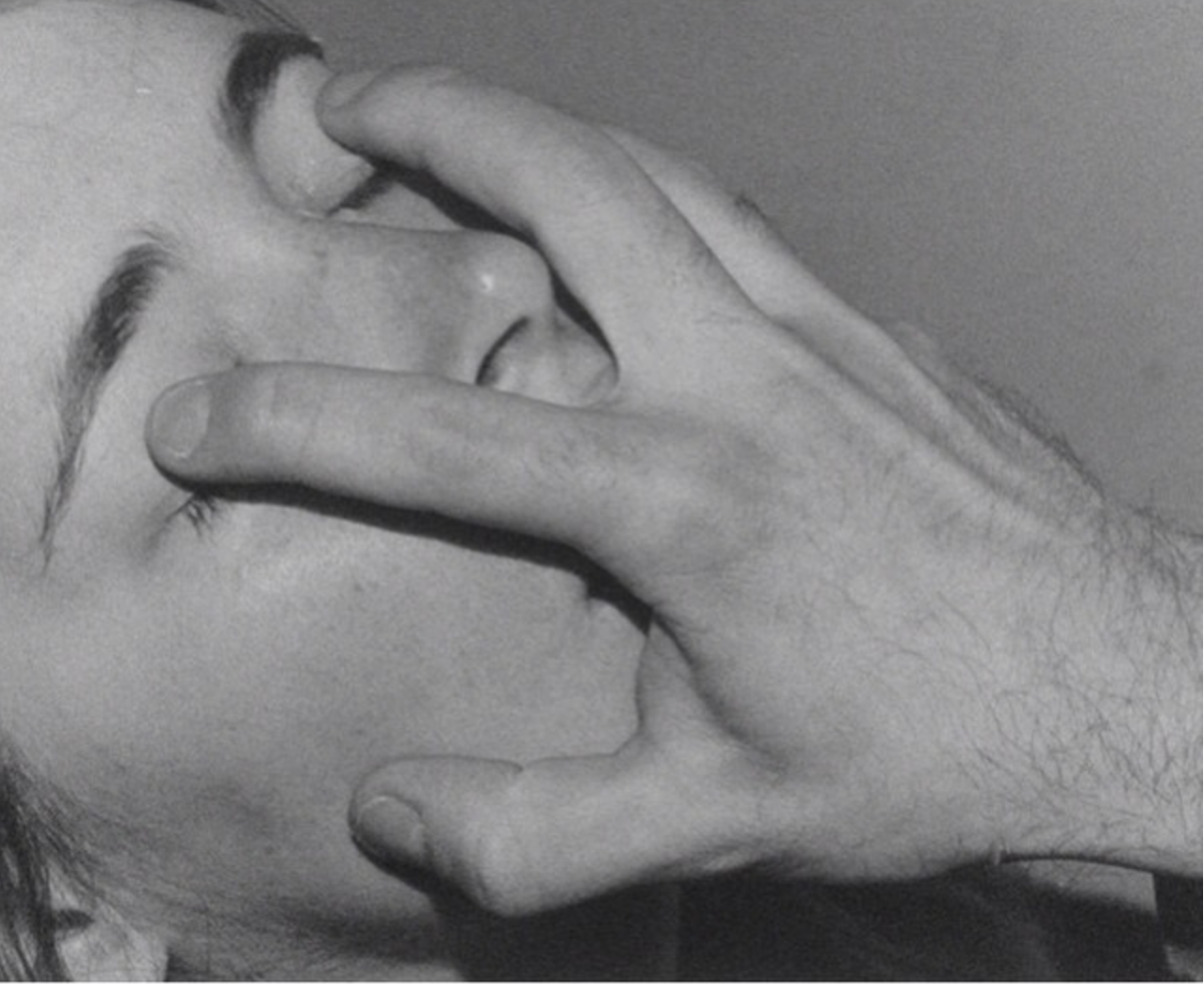
The body of Piotrowska’s work developed organically out of a strong interest in domesticity, self-protection, women in society, and “how women often feel uncomfortable when forced into patriarchy”. Concerned about vulnerability and women’s position, Piotrowska investigates how they learn to conform to societal expectations. Through choreographing hidden violence, she gives profound interiority a voice. She allows the onlooker to wring and pinpoints the impact of the political and social environment.
The psychological sensibility with which Piotrowska approaches these issues unfolds contradictions, both of its subjects and the observer.
Tag
Buy a ☕ for Hypercritic





